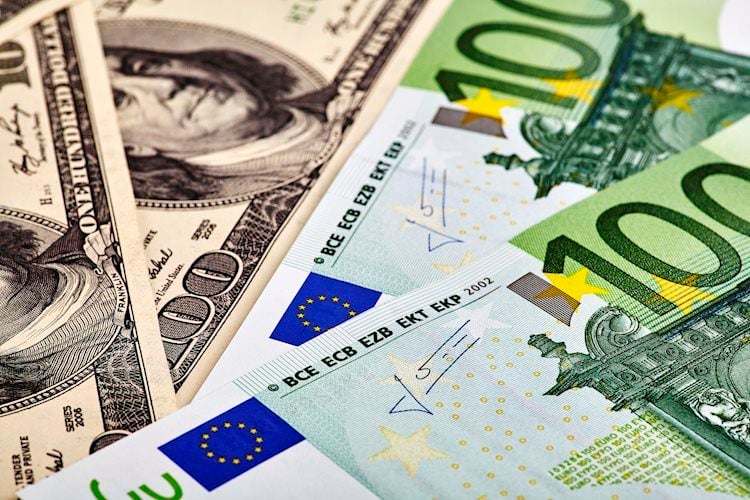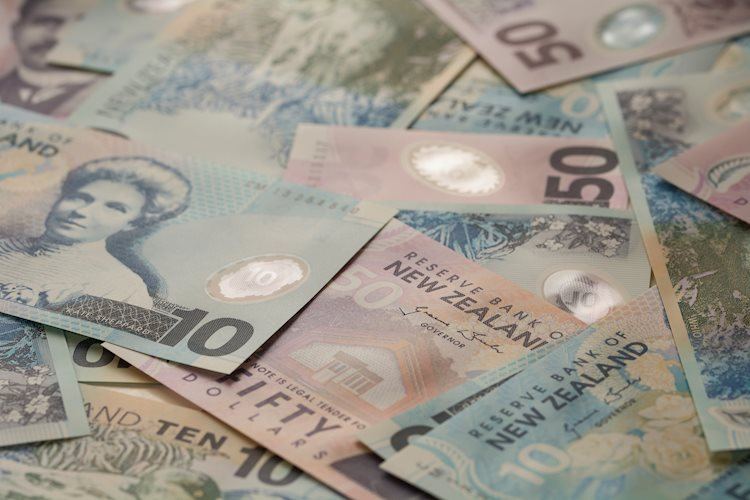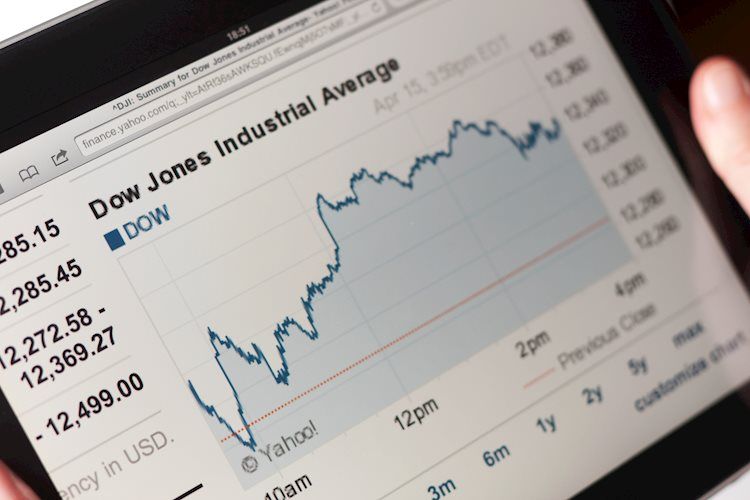Bitcoin is gaining traction in the hopes of retesting the psychological level of $40,000.
BTC usage is increasing as NYDIG collaborates with NCR to make digital asset offers more accessible to a wider audience.
After China’s bitcoin laws, mining companies are still facing blowback.
The price of bitcoin had a rocky week, but it managed to record a higher high, indicating a bullish trend. The second part of the week, however, has not been kind to BTC, as it continues to fall in quest of a foothold.
The flagship cryptocurrency is expected to hit a support floor soon, kicking off an ascent that will target a critical psychological milestone.
The enormous decline in Bitcoin adoption does not appear to be a concern. The BTC story has progressed from being an obscure internet currency to earning mainstream media news.
Similarly, BTC adoption has experienced a visible but positive shift, with Canada legalizing numerous Bitcoin ETFs and NYDIG teaming up with NCR Corporation to offer the pioneer cryptocurrency to its clients. NCR manages about $6 billion in assets and will offer digital assets to 24 million consumers across 650 US institutions, with NYDIG acting as custodian.
In a related development, TP ICAP, the world’s largest interdealer broker, revealed plans to build a crypto trading platform for institutional clients. The platform is being developed with the assistance of Fidelity and Zodia Custody, who will act as custodians, and Flow Traders, who will offer liquidity.
The “ARK 21 Shares Bitcoin ETF,” a fresh addition to the long line of members waiting for approval from the appropriate authorities, was launched by ARK Investments in collaboration with 21 Shares.
Due to the complexity of cryptocurrencies, most institutional investors prefer not to keep them, which is why organizations like NYDIG, Fidelity, and others who provide custody are in high demand. Bitcoin ETFs answer these facilities’ difficulties and will almost certainly result in a significant flood of institutional capital.
While institutional money continues to pour into the cryptocurrency business, the Chinese government’s crackdown has driven miners to relocate to nations with more lenient legislation. The most recent “Chinese ban on crypto” has had the greatest impact on the Bitcoin hash rate, which has dropped by more than 50% since May 15. Additionally, miner revenue fell by nearly 42% in June.
Despite this unexpected turn of events, the Bitcoin Mining Council (BMC) has announced encouraging results.
According to a recent study, “the worldwide mining industry’s sustainable electricity mix grew to roughly 56 percent during Q2 2021, making it one of the most sustainable businesses globally,” according to BMC.
Tesla, the electric car manufacturer, has stopped taking Bitcoin as payment due to environmental concerns.
Elon Musk, Tesla’s CEO, stated,
Tesla will begin permitting Bitcoin transactions after reasonable (50 percent) renewable energy utilization by miners is confirmed with a positive future trend.
While opponents claim that BMC is overly optimistic in its predictions, Musk has yet to declare whether Tesla will reverse its decision and resume collecting payments.
Since its all-time high in mid-April, the price of bitcoin has undergone three big drops. The first correction, which began on April 14 and lasted 11 days, brought BTC down by 27%. The second sell-off was the most severe, with the flagship cryptocurrency falling by 50% to $30,000.
Between June 20 and June 22, the third and most recent crash occurred, with BTC falling to $28,805.
Despite the recent flash crash, Bitcoin remains range-bound, and given the magnitude of the previous drop, BTC is likely to retest the range high of $42,451.
The 4-hour demand zone between $30,573 and $31,979 appears to be the ideal spot for a reversal, therefore investors should keep a watch on it. In a bearish scenario, BTC might go below this level and find support at $30,000.
If Bitcoin price bounces off the top boundary of the $31,979 demand zone, it might rise by 14% to $36,600, the first level of resistance. BTC will be able to test $39,146 and $40,000 after clearing this, which is a huge psychological barrier.
The range highs of $42,451 and $43,538 will be back on the table if the bulls can achieve a decisive daily candlestick close above $40,000.
12-hour chart of BTC/USDT
The Miners Position Index’s negative value is supporting this enormous increase (MPI). This basic statistic is derived by dividing the quantity of BTC leaving miners’ wallets by its 1-year moving average and is used to track a big movement in miners’ mood.
A negative figure implies that BTC tokens are not leaving miners’ wallets, implying that miners are bullish on Bitcoin’s price performance in the near future. It also implies that the mining community is not exerting any sell-side pressure.
BTC MPI graph
The 365-day Market Value to Realized Value (MVRV) model, which is sitting at -10.78 percent, adds to the optimism surrounding Bitcoin price. Short-term investors (weak hands) are selling to long-term holdings, as shown by the negative figure (strong hands).
The last time this fundamental measure fell below -10 percent was in mid-December 2019, after which Bitcoin’s price rose 44 percent in the next two months.
As a result, if something similar occurs, a 33 percent increase to $42,451 looks likely.
MVRV 365-day BTC
The Stablecoin Supply Ratio (SSR) is a measure that is calculated by dividing the market capitalization of Bitcoin by the total market capitalization of all stablecoins. The larger the prospective buying power, the lower the SSR.
SSR was hanging about 30 when Bitcoin hit an all-time high of nearly $65,000 in mid-April, and it has since plunged by 66 percent to 10, where it presently rests. Despite the harsh sell-off, this inverse relationship reflects market enthusiasm in accumulating BTC or other digital assets.
BTC SSR graph
While some fundamentals and on-chain indicators point to an optimistic outlook, investors should pay attention to the metrics that aren’t so bullish. For example, the Daily Active Addresses (DAA) is a metric that illustrates how many investors are interacting with the Bitcoin blockchain on a daily basis.
The number of DAA has remained below 1 million since the 50% drop in mid-May. The DAA had been over this level for more than ten months, thus this is a significant change in trend. Given the enormous sell-off that liquidated billions of dollars worth of long and short positions across the board, the precipitous drop seems obvious.
If Bitcoin price becomes positive and reaches the $42,451 level specified earlier, the DAA must rise in tandem. If that isn’t the case, the chances of a rally are slim.
BTC DAA graph
In Bitcoin bull runs, retail investors play a critical role. As a result, a sharp drop in retail interest could signal a pessimistic outlook.
Since June 1, individual investors holding between 0 and 10 BTC appear to have been significantly accumulating. The number of such addresses climbed from 37.77 million to 38.38 million in the last month, indicating a positive trend.
The term “shark” refers to market participants who own between 10 and 1,000 BTC. This category of addresses has reached a stalemate of 146,000 addresses, implying indecision in light of the range-bound moves.
Meanwhile, whale addresses (those with 1,000 to 1,000,000 BTC) appear to be apprehensive at the present, as their number has dropped from 2,156 to 2,141. The buying activity of whales is the most connected with Bitcoin price, therefore the recent drop does not necessarily add to the technical bullishness outlined.
Diagram of BTC supply distribution
Given the lack of interest from whales, investors should be aware that a breach below the $30,000 support level will prove the purchasers’ incapacity. The bullish thesis will be invalidated if a decisive daily candlestick closes below the range bottom at $28,785, resulting in a 10% decrease in Bitcoin price to $25,700./n





